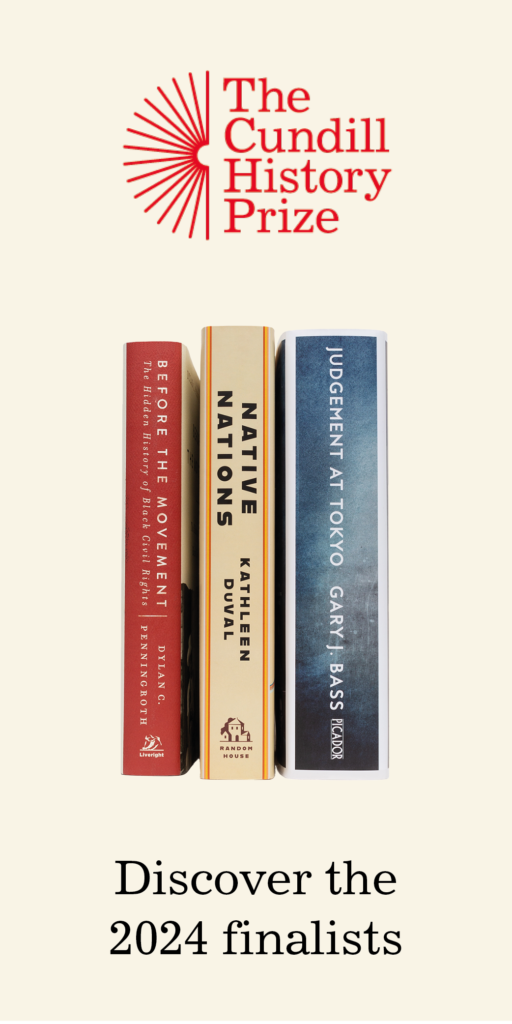When my older daughter announced in the spring that I would be “doing English” remotely with my grandchildren every weekday, I thought she was joking. It wasn’t that I minimized her problem: schools had closed in the U.K. at the end of March, and she and her husband had to work from home in a London apartment they share with their three children. Minded by a part-time babysitter, the children had to be kept occupied, reasonably happy and quiet in the close quarters. Then I learned that my ex-husband would be tutoring the nine-year-old boy in physics. He had already set the first problem: How does a cat, thrown out of a window with its feet above its body, always land on its feet? A later tutorial would be devoted to the physics of swinging (as in a playground). How could I compete with that? Obviously, I would have to try.
Robert, my grandson, has seven-year-old twin sisters. For the girls, I would just choose a good book and read a chapter or two every day — a...
Katherine Ashenburg is a novelist in Toronto and the author of The Mourner’s Dance: What We Do When People Die.

